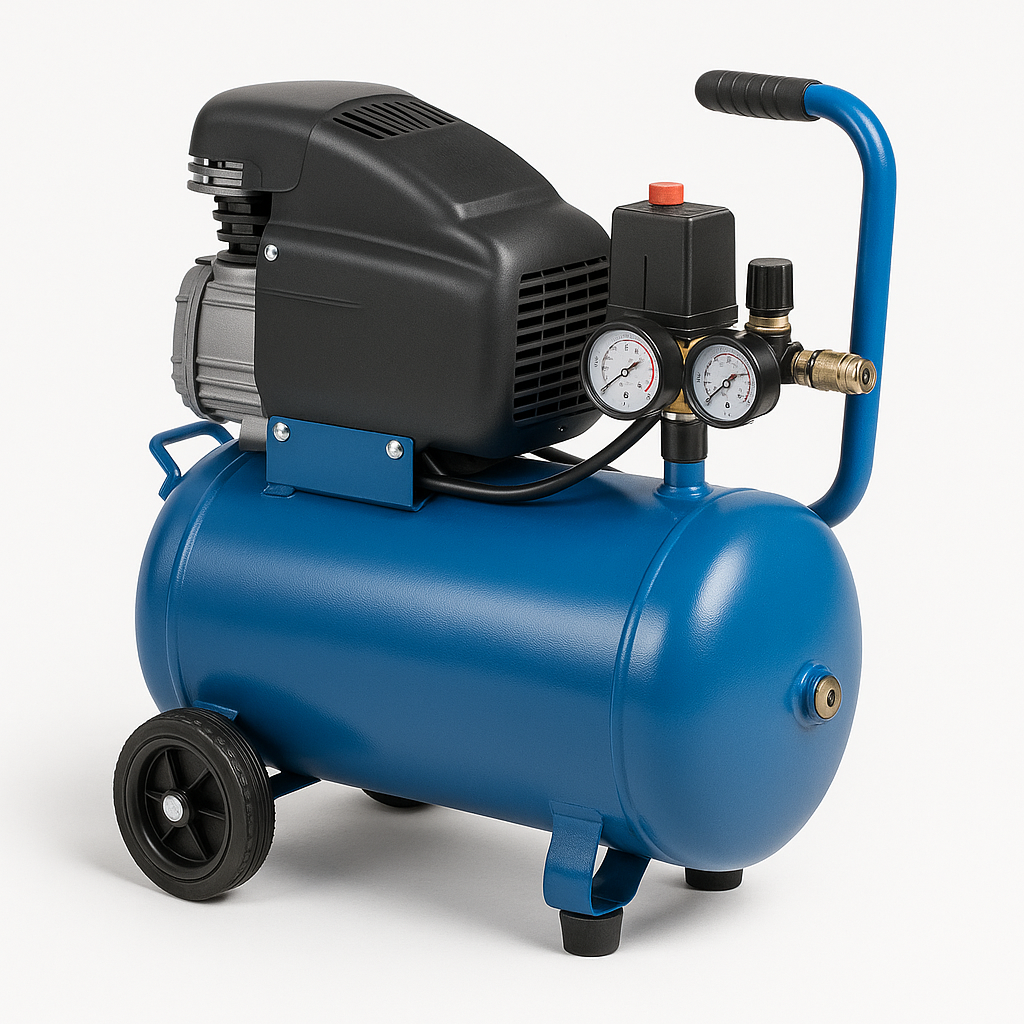What's The Current Job Market For Angle Grinder Test Professionals Like?

Angle Grinder Test: A Comprehensive Guide to Hammering Out the Details
Angle grinders are among the most flexible tools in a craftsman or DIY lover's toolbox. They can cut, grind, polish, and hone a myriad of products, making them necessary in different trades and home enhancement projects. However, with many models readily available, choosing the best angle grinder can be an overwhelming job. In this article, we will explore the essential features of angle grinders, test numerous models, and determine which ones stick out in terms of performance and usability.
Secret Features of Angle Grinders
When choosing an angle grinder, several aspects enter into play. This section lays out the main features to think about:
Power Output (Wattage)
- Higher wattage usually means more power and the capability to deal with harder jobs more effectively.
Disc Size
- Common sizes include 4.5-inch, 5-inch, and 7-inch discs, with each size matched for different applications.
Speed (RPM)
- The transformations per minute suggest how quickly the disc spins. Faster speeds are typically more efficient for cutting through harder materials.
Weight
- Much heavier mills can be more challenging to maneuver, especially throughout extended use.
Grip and Comfort
- An ergonomic style with comfy grip can substantially decrease tiredness throughout extended use.
Safety Features
- Try to find features like adjustable guards, automated shut-off, and anti-vibration innovation.
The Angle Grinder Test
In our angle grinder test, we evaluated three popular designs: the Makita GA4530, Dewalt DWE402, and Bosch GWS18V-45. Each design was evaluated based on the abovementioned features in addition to user feedback and security rankings. Below is a comparative analysis:
| Model | Power (Watts) | Disc Size (inches) | Speed (RPM) | Weight (pounds) | Price (₤) | Rating (out of 5) |
|---|---|---|---|---|---|---|
| Makita GA4530 | 720 | 4.5 | 10,000 | 4.0 | 99.00 | 4.6 |
| Dewalt DWE402 | 840 | 4.5 | 11,000 | 6.5 | 129.00 | 4.7 |
| Bosch GWS18V-45 | 800 | 4.5 | 10,000 | 5.1 | 199.00 | 4.5 |
Makita GA4530
The Makita GA4530 is a strong entry-level design that provides excellent performance for its wattage. It features a compact design, making it simple to manage and ideal for extended usage. The 10,000 RPM speed suffices for the majority of cutting and grinding tasks. Additionally, it boasts a light-weight design at simply 4.0 pounds, which enhances maneuverability.
Pros:
- Lightweight and compact.
- Exceptional RPM for efficient cuts.
- Ergonomic grip lowers tiredness.
Cons:
- Lacks some advanced safety features discovered in higher-end designs.
Dewalt DWE402
The Dewalt DWE402 is frequently thought about one of the very best in its class. With an impressive 840 watts and a speed of 11,000 RPM, this design can tackle harder materials with ease. The extra weight at 6.5 lbs adds to its stability, although some might find it slightly cumbersome during prolonged use.
Pros:
- High power output and RPM.
- Durable build quality.
- Boosted security features.
Cons:
- Heavier than its rivals.
Bosch GWS18V-45
The Bosch GWS18V-45 is a cordless choice which provides the flexibility of motion while working on a variety of projects. With a power output of 800 watts and a competitive RPM, it provides reliable performance. This design does embody the benefit of a cordless grinder, removing the inconvenience of cords and outlets.
Pros:
- Cordless design for optimum benefit.
- Good performance throughout differing tasks.
- User-friendly user interface.
Cons:
- Higher price point.
- Battery life may be a limitation for extended use.
When it comes to angle grinders, the proper model greatly depends upon private needs and preferences. The Makita GA4530 is a wonderful choice for those seeking price and lightweight performance. On myntek.de , the Dewalt DWE402 shines with its power and durability, making it appropriate for more demanding tasks. Finally, the Bosch GWS18V-45 provides flexibility with its cordless design, perfect for those on the go.
Frequently Asked Questions (FAQ)
Q: What density of disc should I use for my angle grinder?
A: The disc density is normally dictated by the type of work you're doing. For basic cutting and grinding, a 1/8 inch disc is ideal.
Q: Can I utilize an angle grinder for sanding?
A: Yes, with the right accessory, angle grinders can also be utilized for sanding.
Q: How do I keep my angle grinder?
A: Regular cleansing, looking for loose parts, and correctly keeping the tool will extend its lifespan.
Q: What security precautions should I take when using an angle grinder?
A: Always use safety goggles, gloves, and a dust mask. Ensure to protect the material you are working on and keep your hands clear of the cutting zone.
Q: Is a higher RPM constantly much better?
A: A greater RPM is advantageous for cutting more difficult materials however can offer less control. Select a speed that fits your specific job.
Selecting the best angle grinder can enhance your performance, conserve time, and yield much better outcomes in your tasks. Whether you are improving metal, cutting tiles, or prepping surfaces, the ideal angle grinder can make all the distinction.

